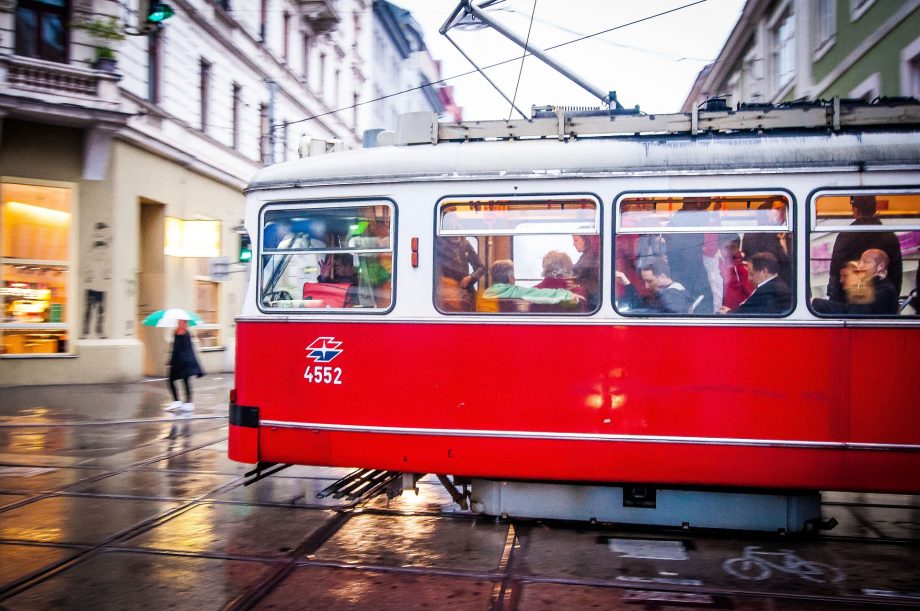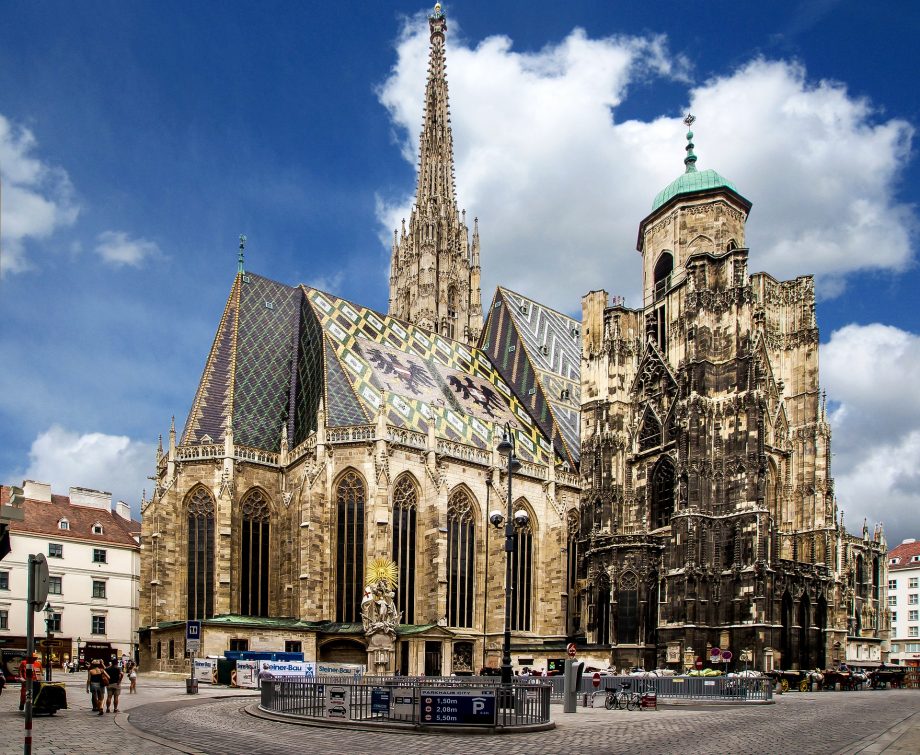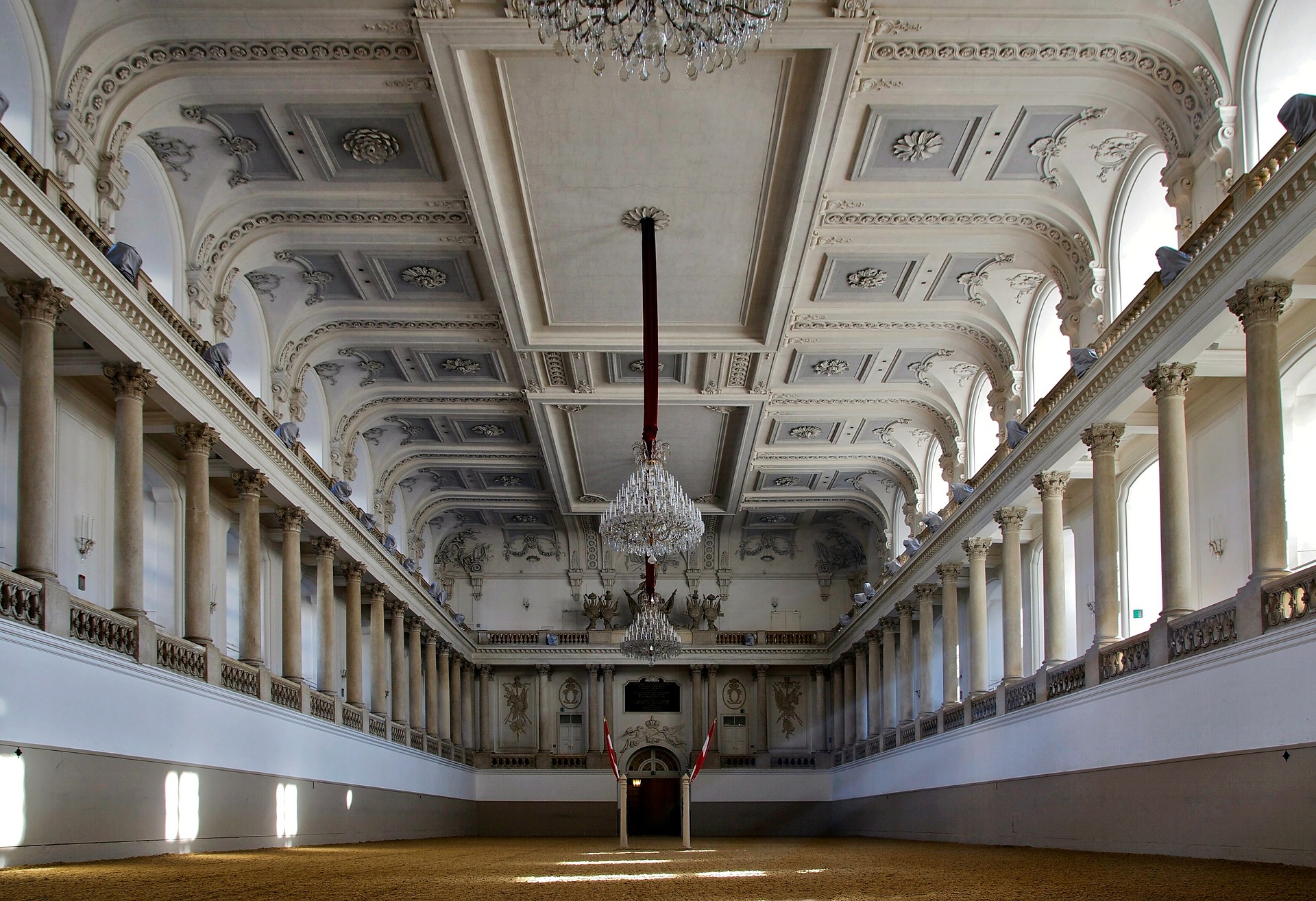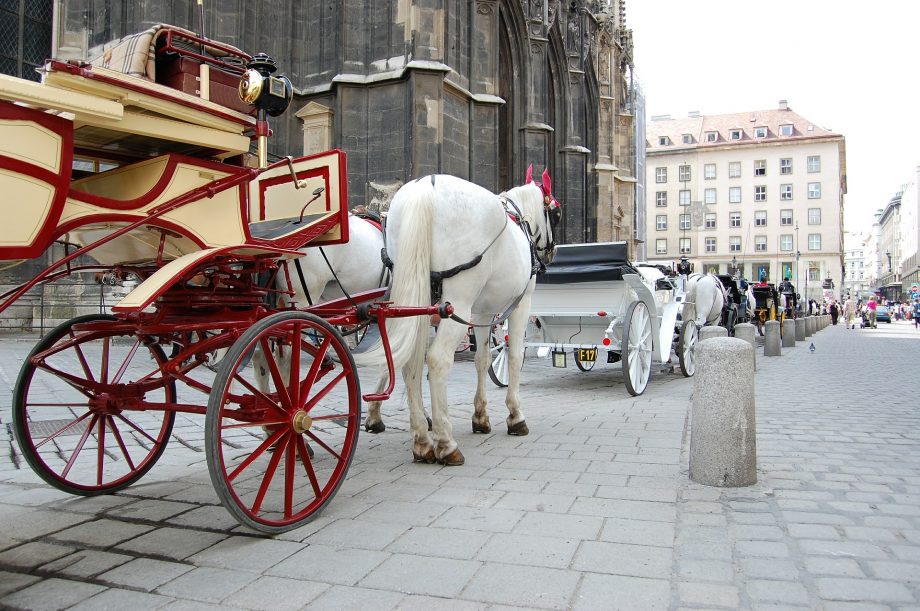Digital nomad destination – Vienna, Austria

Vienna has been described as Europe’s cultural capital: a metropolis with a unique charm. It boasts outstanding infrastructure, it is clean and safe and has everything that you could possibly wish for when looking for your next digital nomad destination.
With a population of over 2 million and a lot to offer digital nomads, Vienna is the most popular urban tourist destination in Austria. It is a romantically imperial city, a dream city for anyone with a romantic streak or an interest in history.
Austria is a German-speaking country with a population just shy of 9 million and shares many things in common with Germany beyond language, yet like Canada and the USA and Spain and Portugal, there are plenty of subtle differences once you dig deeper.
In the case of Austria, compared to Germany, the people are perhaps slightly more relaxed when it comes to following rules and regulations. The Austrians are not outlaws of course but have a slightly more relaxed view according to Austrian friends. You can however still depend on the efficiency of service that Germany is famous for.
Sightseeing in Vienna, Austria
Sightseeing opportunities are in abundance. Simply wander along the narrow, medieval alleyways or across imperial squares. Take in Schönbrunn Palace or the Imperial Palace (Hofburg), follow in the footsteps of Sissi and Emperor Franz Josef, and marvel at the majestic architecture along the Ring Boulevard.
Vienna is a city steeped in history yet it still manages to boast the comforts and infrastructure of a modern city.
For the seventh year in a row, Vienna has been rated the world’s most liveable city by consultants Mercer. They compare political, social, and economic climate, medical care, education, and infrastructural conditions such as public transportation, power and water supply, and recreational offers.
It has to be the recreational pastimes that puts Vienna head and shoulders above its competition, yet for all that, it still remains a hugely under-rated tourist destination.
Getting around Vienna
Vienna’s public transport system, which serves the suburbs, is fine to get in and out of the city on, but the red-and-white trams, which circumnavigate the Ringstrasse, are what you want to catch to make the most of seeing this fabulous city. You can walk across the old town in half an hour. But to appreciate the monumental grandeur of one of Europe’s most remarkable avenues, you need to take the tram.
Sit back and enjoy the view as you trundle past the coffee shops, and parks, the Steinway showroom, the grand hotels, the Hofburg palace and, most impressively of all, a succession of some of the most imposing architecture of the 19th century.
Getting to and from Vienna airport by train is probably the best way to do it unless you have a flight that arrives very late.
Getting to and from Vienna airport from the city centre is painless and inexpensive. There are regular trains and even an express train to and from Wien Mitte. A regular train journey from the airport to the city centre costs less than €5.00 and the CAT express train costs €11 one way. It’s worth taking the CAT express train if you are in a rush but if you are not then the regular train service is fast enough. The journey by regular train service from the centre to the airport will take somewhere around 45 mins. The CAT express train will take 16 mins non-stop.
For more info on train travel
CAT Express – Vienna airport to city centre express train
https://www.cityairporttrain.com/en/
OBB Austrian train operator
Things to do in Vienna
Ringstrasse – Stroll along the Ringstrasse Boulevard from the Vienna State Opera to City Hall in order to truly understand what Vienna’s status was like before the fall of the empire in 1918. It reflects Vienna’s position, back then, as one of the biggest and most important capitals in the world.
Kunsthistorisches – The main museum, the grand neo-Renaissance palace of art and culture is just off the Ringstrasse. You will never have to queue, despite it housing one of the greatest collections of old masters in Europe: easily rivalling the Prado, the National Gallery, the Hermitage and the Louvre. Highlights from what was once the Habsburgs’ royal collection include three of the Seasons paintings by Bruegel, and seminal work by Rubens, Titian, Velasquez, Vermeer, Durer, Raphael – it’s a long list and a great one. Yet it gets just 850,000 visitors a year.
Vienna is a city of music, Vienna has been synonymous with music for centuries, and was home to Mozart, Beethoven, Schubert and Johann Strauss. This outstanding musical heritage has been preserved right to the present day. The Wiener Philharmoniker is one of the world’s top orchestras, the Vienna Boys’ Choir is triumphantly successful wherever it tours, and the Vienna Conservatorium has produced innumerable international award-winners in all musical disciplines. Yet Vienna also boasts a lively scene for young people – if you love music, you are sure to profit from visiting Vienna.
Hofburg – The former imperial and royal Habsburg residence, today houses a mixture of museums, ministries and courtyards. From its early medieval beginnings as a proper fortress with a draw-bridge and moat, there is a lot to discover and if you want to know how the family once lived, then just visit the Imperial Apartments.
Vienna Zoo – With its giant pandas, the Vienna Zoo not only claims to be the world’s oldest and most beautiful zoo, but was recently declared Europe’s best by Anthony Sheridan, zoo expert.
Spanish Riding School – One of the world’s most famous riding schools. See a gala performance of the Lipizzaner stallions in the baroque Winter Riding School, arguably one of the world’s most beautiful. This has to be the perfect setting for an excellent display of equestrian elegance. Tickets to gala performances, usually Saturdays and Sundays at 11am, can be booked online in advance.
Eating out in Vienna
To truly immerse yourself in another culture you have to experience their food. And the Viennese take pride in their cuisine, it is the only one in the world named after a city. While much of it is also quintessentially Austrian, some dishes remain distinctly Viennese. Like the city itself, the food is at the crossroads of central and eastern Europe. Once the seat of an entire empire, many of Vienna’s classic dishes originate from neighbouring lands.
Traditional Viennese cuisine is generally quite heavy with an emphasis on meat. The most common dish is of course the Wiener Schnitzel, a breaded and deep-fried veal steak (also available as pork, chicken or turkey). Served with a wedge of lemon and a side of parsley potatoes (not ketchup and fries), this is the national dish of Austria. Other traditional meat-based dishes include:
- Gulash – a thick stew of meat and vegetables, seasoned with paprika.
- Schweinsbraten – roasted pork.
- Tafelspitz – boiled beef served in broth. A big chunk of beef boiled in a vegetable broth until it is tender and soft. The root vegetables that are boiled and served with it, give it an additional traditional and earthy taste. It is accompanied by bread dumplings, not potato.
- Knödel – large, round, potato or bread-based dumplings. There are all kinds of traditional Austrian dumplings, both savoury and sweet. On the savoury dumpling menu the two most popular ones are the aforementioned potato dumpling (often served with a pork roast) and the even more famous bread dumpling (‘Semmelknödel’ or ‘Serviettenknödel’ if it’s not ball-shaped) which is traditionally served with soft boiled beef or ragout.
- Spätzle and Nockerl – small, doughy egg noodles, similar to pasta, but can sometimes be made to resemble gnocchi. Spätzle will most likely be fried with bacon, onion and lots of cheese. This dish is often served in a small cast-iron dish. Nockerl are little dough balls, fried with eggs and rounded off with fresh chives.
- Schinkenfleckerl – a ham and cheese pasta bake.
- Krautfleckerl – a cabbage and cheese pasta bake
- Cordon Bleu Schnitzel – two filets filled with ham and cheese and then fried in bread crumb batter.
- Apple Strudel – if there is one dessert Austria is famous for, then it is has to be the Apfelstrudel, a sweet delight of paper thin pastry sheets, layered with apple and optional raisins. Apple strudel is often served with hot vanilla sauce, or sweetened cream, or simply enjoyed by itself.
Residency, work permits and digital nomad visas in Austria
At the time of writing Austria does not offer any kind of digital nomad visa however for citizens of many countries it’s easily possible to spend up to 90 days in Austria as a tourist without requiring a special visa.
Residency and travel to Vienna, Austria for digital nomads who are EU citizens
If you are an EU citizen or from Switzerland, Norway, Iceland or Liechtenstein it’s pretty straightforward for you. You can move to and work in Vienna without requiring any kind of special visa thanks to EU freedom of movement rules. You should however note that after 3 months as with many EU countries you are legally obliged to register yourself as a resident in the country.
Travel to Vienna, Austria for digital nomads who are not EU citizens
If you are from a non-EU country, including the United Kingdom after Brexit, you are able to spend up to 90 days in any 180-day period in Austria without requiring a visa. It should be noted that this 90 days in 180 days counts all stays within the EU, not just a single country, so if you stayed 90 days in Austria for example you would not be able to stay in another EU country, let’s say Portugal until another 90 days has passed.
Vienna is a great jumping-off point for further travels in the Eastern part of Europe
Vienna is located in the eastern part of Austria and is close to the borders of the Czech Republic, Slovakia and Hungary. Vienna is a great place to start and from there you can travel to other beautiful and historic cities such as Prague, Budapest and Bratislava. All of which can easily be reached in a matter of a few hours by train, car or less by flight.
If you are in Vienna, don’t forget there are other great places to visit in Austria beyond Vienna including the historic city of Salzburg, the home of Mozart and the fourth largest city in Austria. From Salzburg the Bavarian capital Munich is not very far away if you would like a taste of traditional Germany.
If skiing and hiking light your fire then Austria is certainly a country you should spend some time in.
Happy travels!
Fancy going to Vienna?
Find the best places to stay with the Global Circle Club for digital nomads
Already a member of The Global Circle Club? Login to your member account to get the best hotel, car hire and flight deals. Not a member yet? Sign up for free membership, no membership fees, no hidden fees, over 600,000 hotels and hostels worldwide where you can stay and work and connect with other digital nomads.



